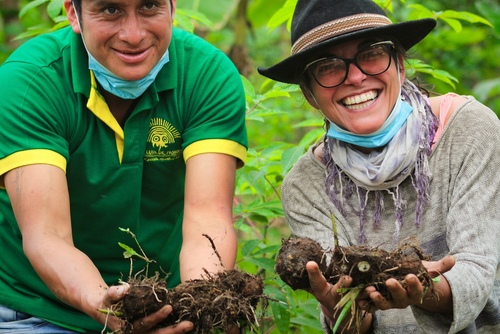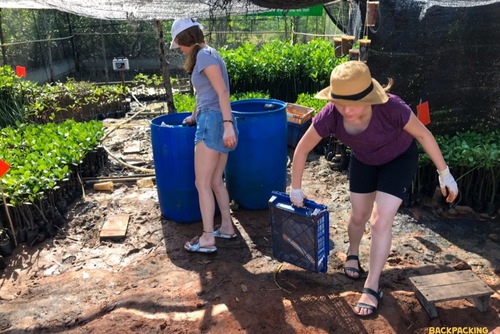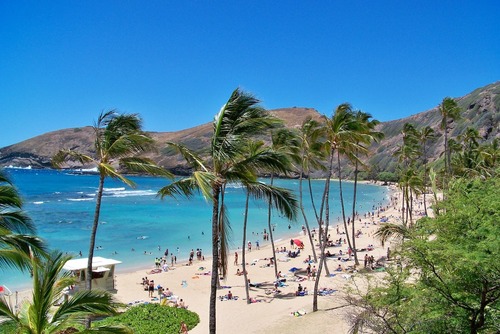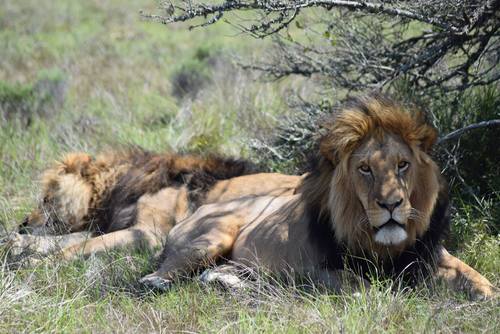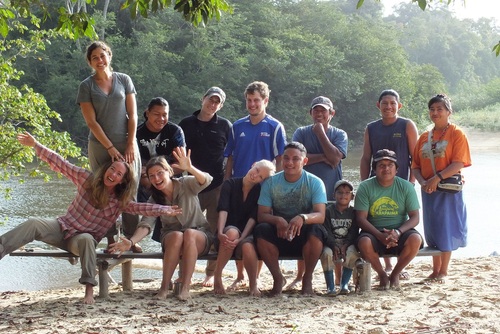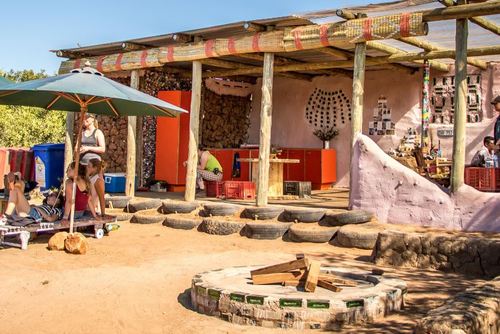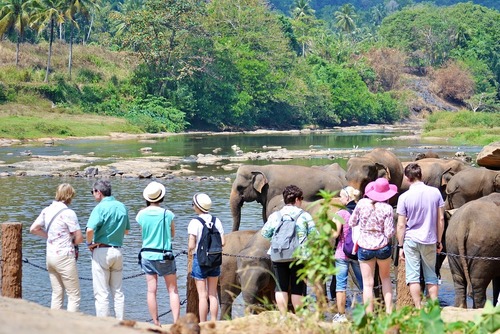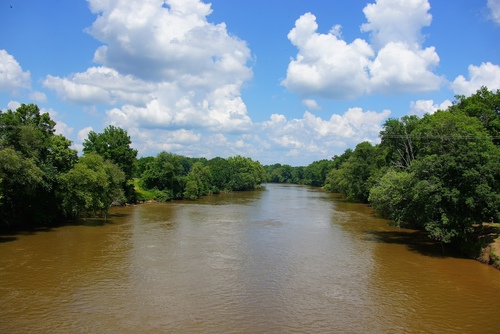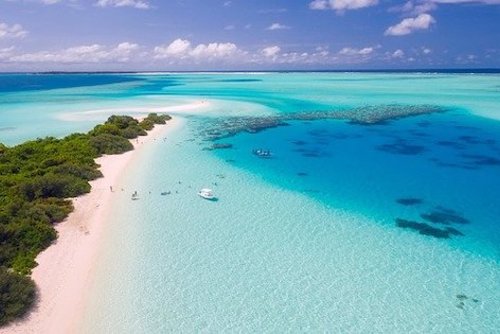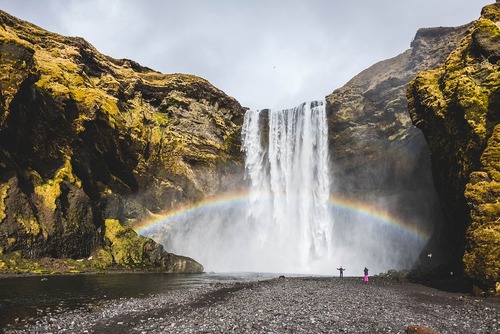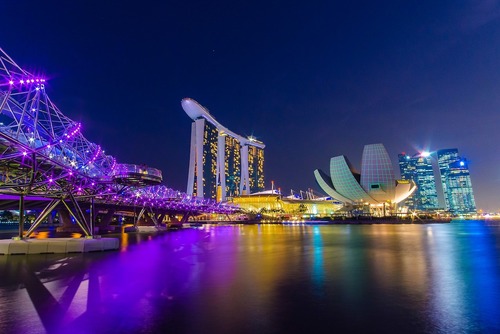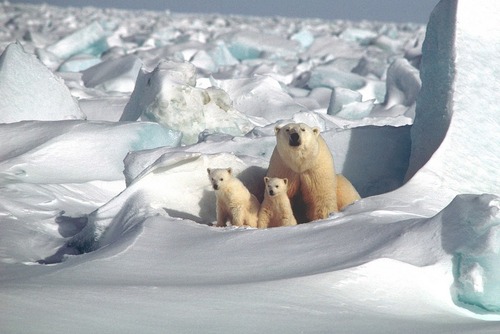With international tourism on the rise, will human impact destroy the world’s ecosystems or can it actually have conservational benefits and help protect the environments and natural habitats?
On May 22, global celebrations were held in honor of the International Day for Biological Diversity, and on June 5, World Environment Day was celebrated to increase global awareness of environmental concerns.
These days of celebration raise awareness, but the human population continues to expand, and more needs to be done to protect ecosystems.
Many wonder if the solution to protecting the world’s ecosystems lie in the rising popularity of tourism, which has its positive and negative effects on the environment.
Tourism on the Rise
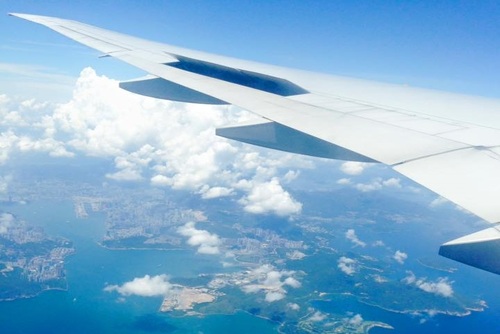
Tourism and travel industries are fast growing, and there’s a sustained growth in these industries especially after the 2009 recession.
In 2016, the tourism industry saw a 3.9 percent increase in tourist arrivals internationally, according to the UN World Tourism Organization. The Pacific and Asia are leading the growth at over eight percent increase for international tourist arrivals in 2016, with Africa, the Americas and Europe following.
It makes sense that 2017 has been named the “International Year of Sustainable Tourism for Development” by the UN, linking tourism contributions with social inclusion, economic growth and environmental and cultural preservation.
The Negative Effects of Tourism
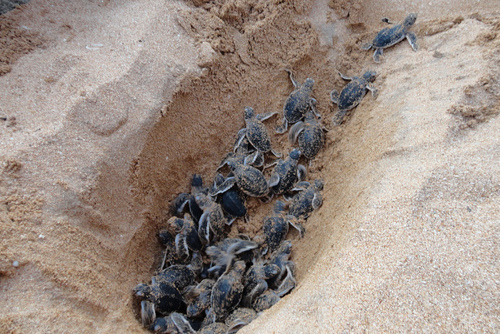
Encouraging ecotourism, and tourism in general, does not come without risks to the natural environment. Huge traffic volumes increase air pollution, invite littering, abuse of natural resources and overconsumption of land.
More sensitive ecosystems cannot handle this degree of traffic and potential abuse, but these delicate mountain and coastal regions tend to be the most interesting areas for tourists to visit.
Many coastal regions have suffered environmental loss in the last few decades, such as the disappearance of coastlines all together or their debilitating erosion.
Unfortunately, since 1990, roughly 71 percent of dune areas that were once thriving in the Mediterranean have disappeared. The coastlines of the North and Baltic Seas of Germany have suffered an estimated 15 to 20 percent loss.
Overdevelopment of Australian coastlines have cost the loss of diverse plant life from rainforest areas to make way for walking trails as well as places to stay and be entertained. There is also increasing litter.
Tourism can also have an impact on the wildlife in an ecosystem. A primarily example of this would be Chincoteague Island and Assateague Island, which are dependent on tourism.
However, disruption in a horse’s routine can lead to stress and dehydration and cause stomach contractions leading to ulcers. This stands at a greater risk since tourism has doubled in the past decade on Assateague Island and shows no sign of slowing down.
Another negative example is the increase in hotels being built on coastal areas in the Caribbean to keep up with the increasing demand. Beaches and coastline which have been breading areas for turtles are now being developed into luxury hotels and resorts and preventing natural spaces for eggs to be laid.
The Positive Effects of Tourism
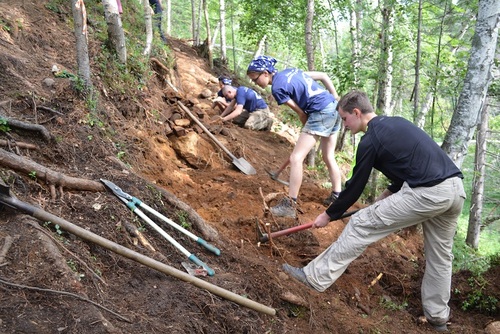
However, with tourism, there’s increasing monetary income — and the opportunity for tourists to experience biodiversity and the need for its protection first hand.
In the 1980s, the sustainability of tourism began to be linked with the sustainability of the environment globally, and Australia’s Great Barrier Reef is one of the first sites to encourage visitors to help participate in local research center activities, such as coral-coding. These actions combine tourism with education to actively learn about and protect the environment.
As ecotourism has grown, nonprofits and organizations such as the Convention on Biological Diversity have formed, publishing guidelines on tourism development and biodiversity.
Such conventions and knowledge sharing help ecotourism sites to establish best practices to preserve the environment that tourists are drawn to without abusing its natural resources. For example, guidelines on monitoring track ecotourism income in proportion with conservation efforts and mitigation of negative effects on the environment and local populace.
A lot of tour operators are now abiding by a set of environmental and ethical rules which aim to reduce their impact and not harm wildlife. New initiatives are also being implemented and planned which aim to get local people involved with protecting natural habitats through tourism.
Some examples include new eco lodges in the Amazon rainforest and also the incredible Gibbon Experience in Laos which employ local tour guides to give eco tours to visitors in an area threatened by logging and wildlife poaching.
There are also lots of international volunteer programs available where instead of just visting a country, people can play a role in helping conservation efforts or working with animals abroad.
Through increased education and by encouraging local people to be part of eco tourism models the local habitats are more likely to be sustained. Showing the benefits of tourism in terms of income generated can also help persuade governments to invest in protecting natural habitats.
With the help of campaigns, local initiatives and help of travel organisations we are hopeful that tourists are more likely to leave their marks in positive ways, rather than negative ones, without abusing natural resources.
When those in the tourism industry move toward sustainable ecotourism best practices, actively educating international guests and participating in the conservation of ecosystems, the environment will be left to thrive.
By Emily Folk



